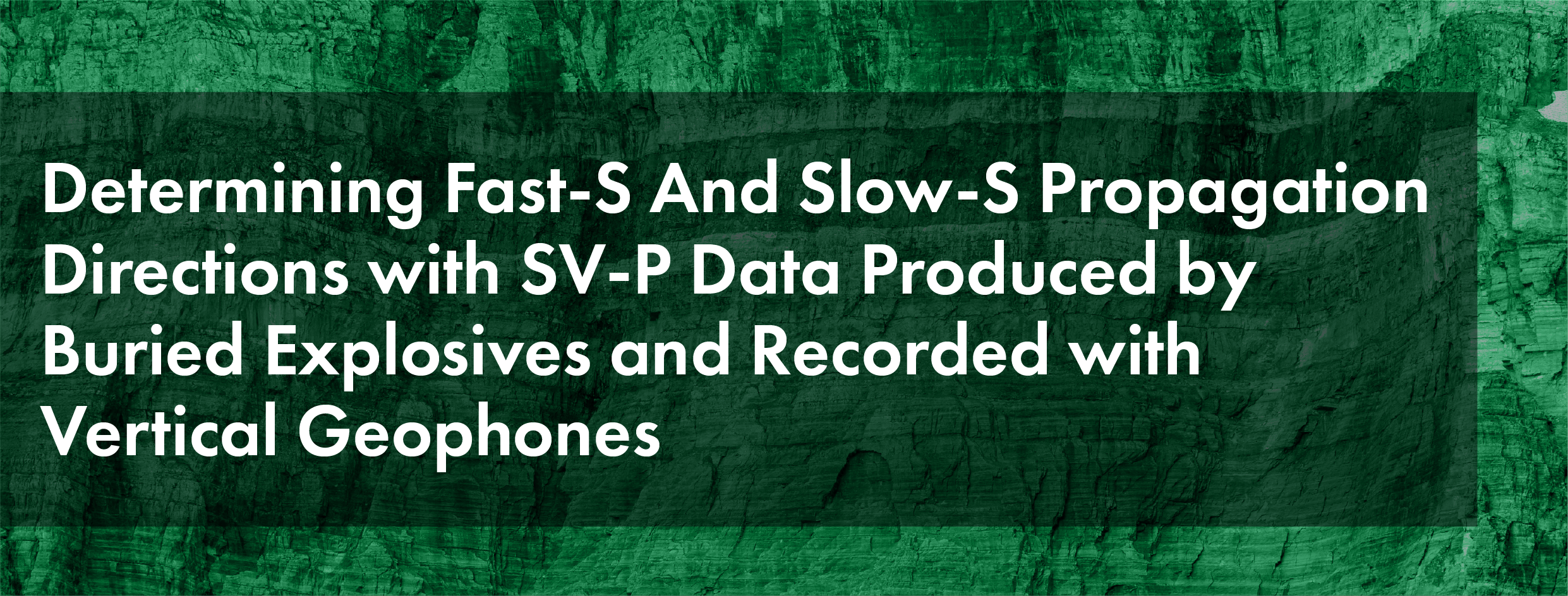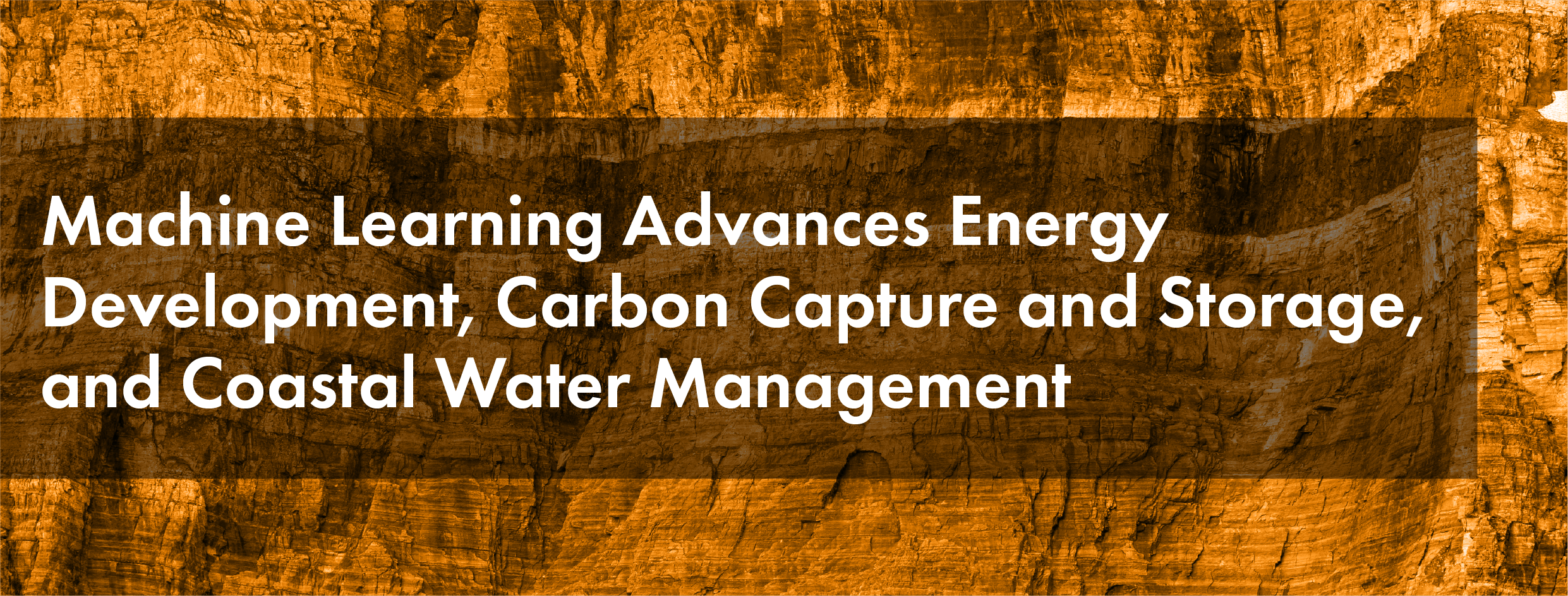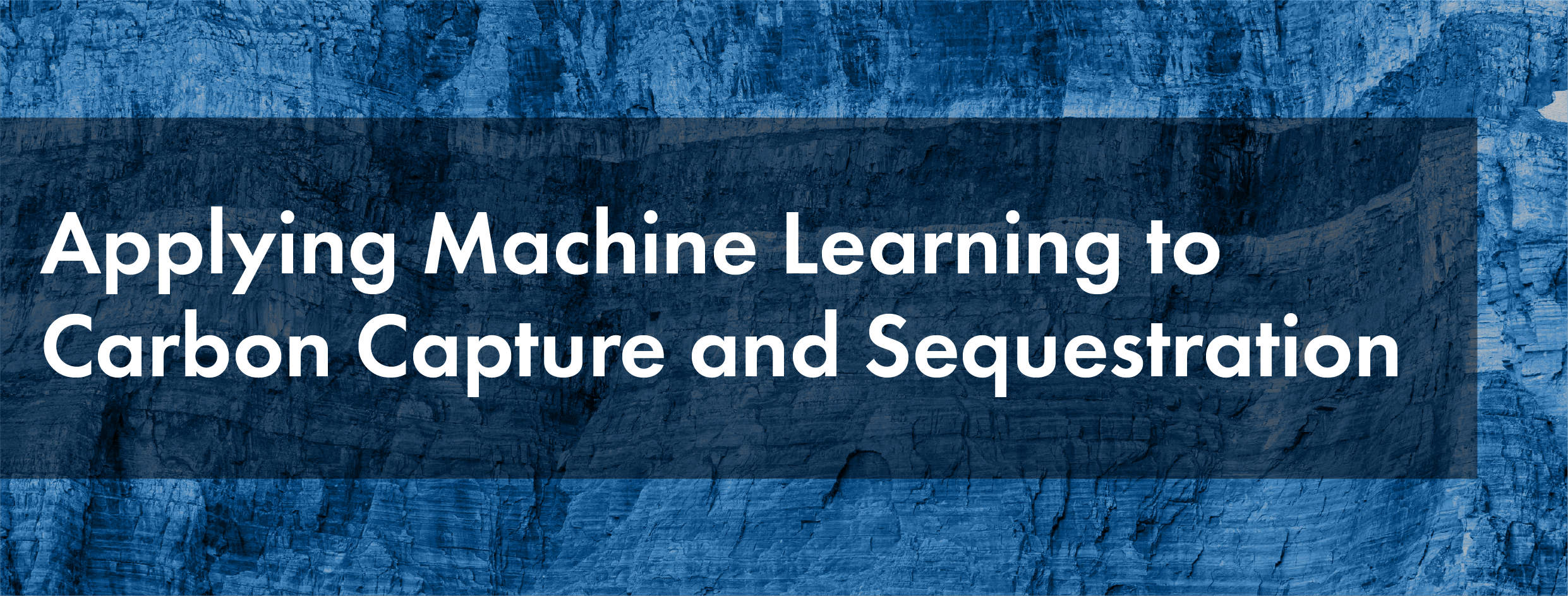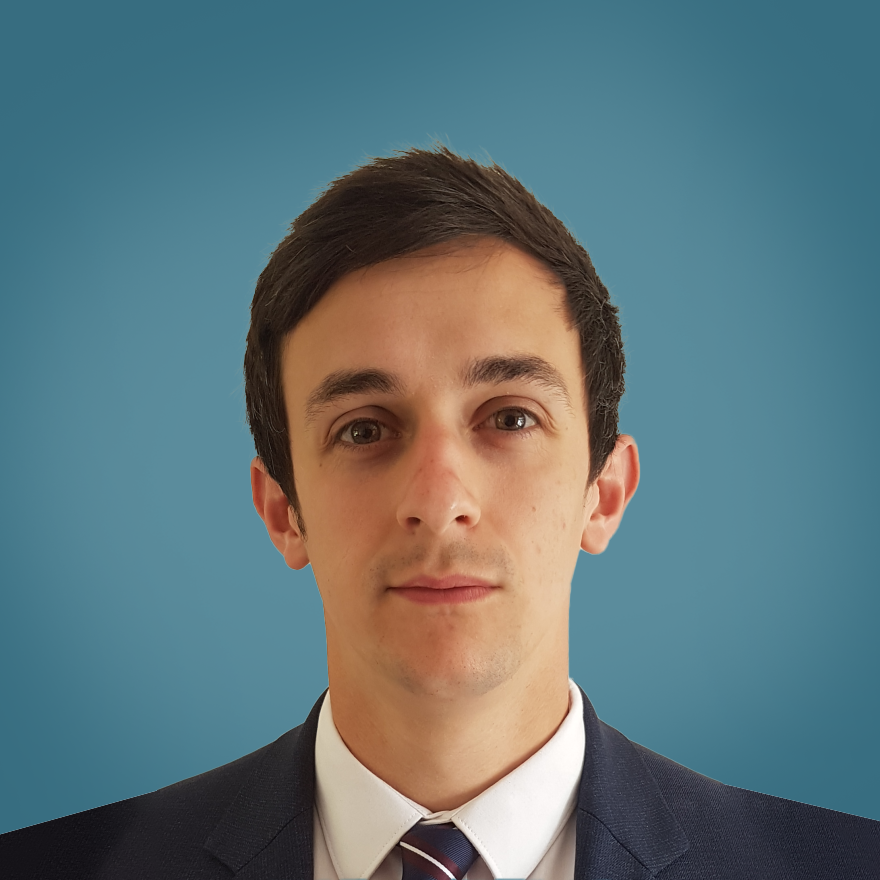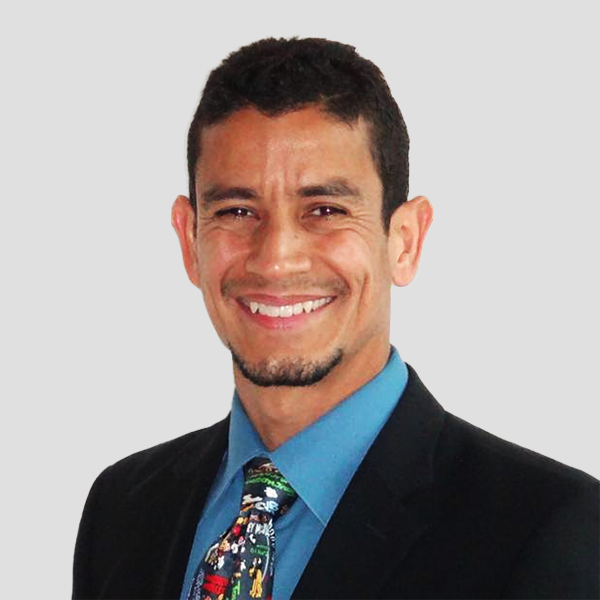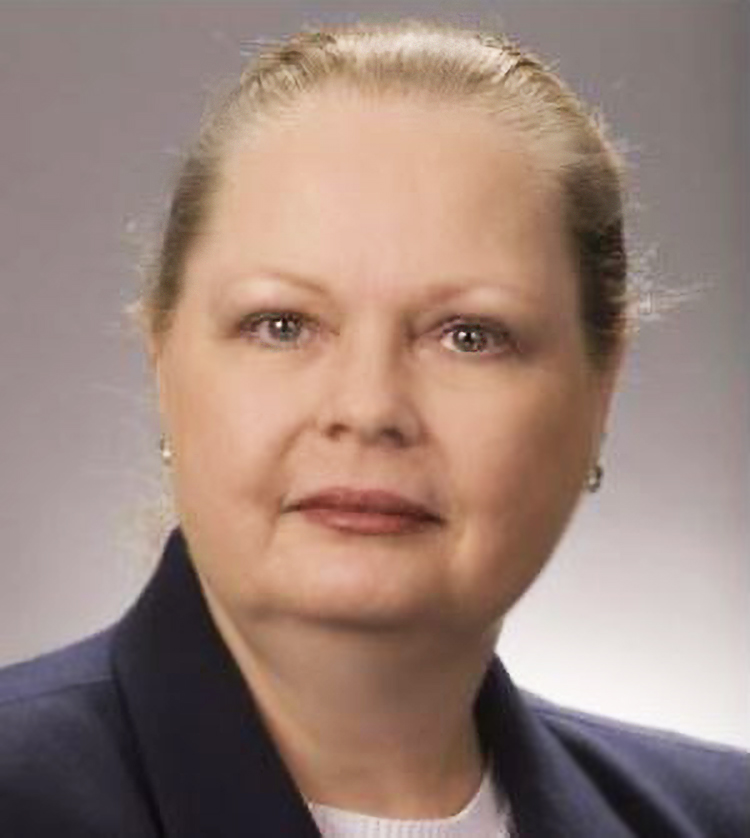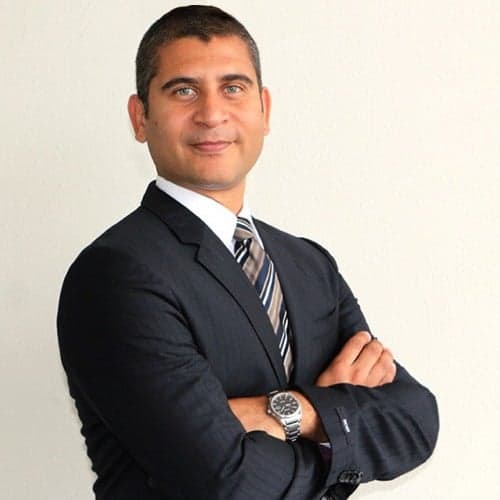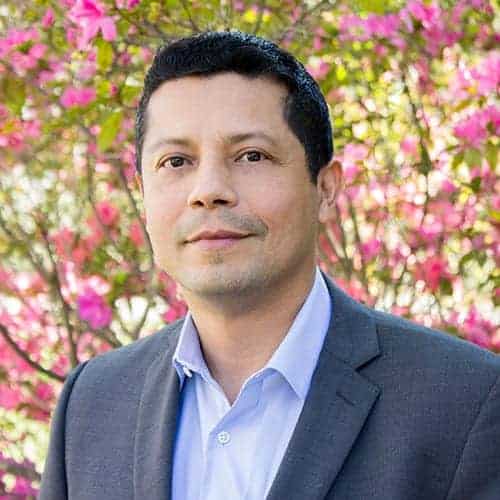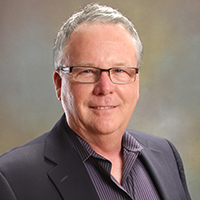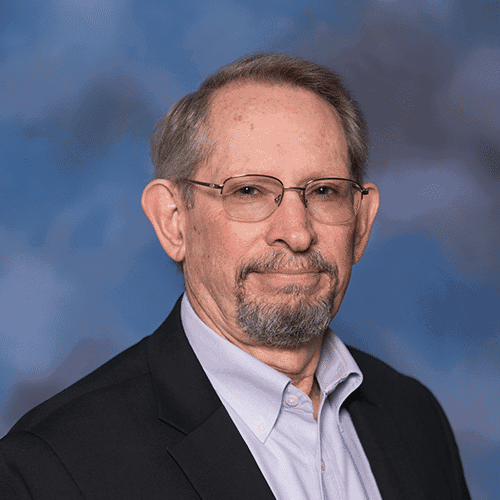Carbon Capture and Storage/Sequestration
Carbon Capture and Storage/Sequestration
Geophysical Insights brings the Paradise® AI workbench and its machine learning (ML) technologies to the challenge of identifying and characterizing prospective reservoirs for Carbon Capture and Storage/Sequestration (CCS). Determining reservoir rock and pore-fluid properties and detecting faulting or minor fracturing are vital considerations when evaluating prospective CCS reservoirs. ML technologies are now available to achieve these objectives – simultaneously – in joint interpretation of both P-wave and S-wave images of potential CO2 storage reservoirs.
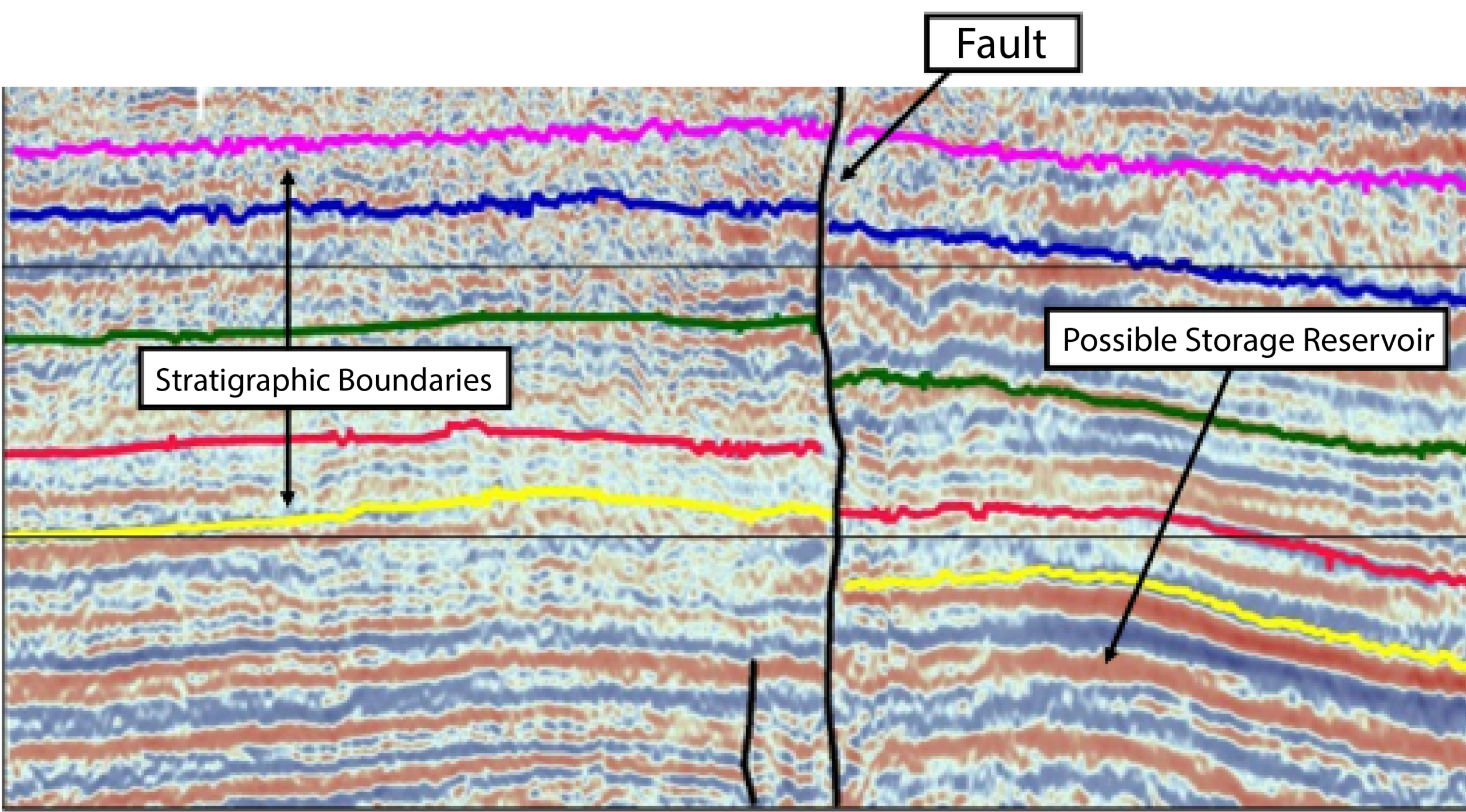
Evaluate CCS reservoirs using Paradise
Formations suitable for CCS must meet several criteria to ensure long-term reservoir integrity of liquid-phase CO2 injected into deep porous rock. Each injection of CO2 into a CCS reservoir increases pore pressure at the injection point by an amount ∆P. As each pressure pulse propagates away from its injection point, basic stress dynamics in porous rocks cause each ∆P pulse to translate into an increase in both SHmax and SHmin horizontal stress. Both horizontal stresses are increased by an amount ∆SH that has a value that ranges from about 0.5 to about 0.7 of ∆P, depending on the elastic properties of the reservoir rock. The dynamics caused by these repeated pulses of SHmax horizontal stress can be captured with fast-S seismic data, and slow-S seismic data can describe the effects of repeated pulses of SHmin horizon stress. This stress behavior inside a storage reservoir must be monitored. Thus, S-wave data should not only be interpreted in parallel with P-wave data when selecting a suitable CO2 storage reservoir, but must also be blended with P-wave data as reservoir monitoring is done to study the effects of horizontal stress dynamics.
Seismic faults present risks to storage integrity when they connect to a granitic rock basement at depth by introducing the possibility of localized earthquakes. Faults that connect a CCS reservoir to basement rock will invariably create seismicity that can travel 200-300 km from the storage site and create unwanted public outcry and pushback. Conventional fault interpretation of 3D seismic data is insufficient to satisfy these criteria. Figure 1 shows a fault in P-wave seismic data. S-wave data invariably reveal faults that P-wave data do not detect. A large reservoir area can include a significant number of such faults, and it is nearly impossible for a seismic interpreter to locate all of them.

Fortunately, machine learning applied to seismic data yields detailed answers quickly and in greater detail than traditional methods. When using Paradise, geoscientists and engineers evaluating prospective CCS reservoirs apply an integrated approach to Stratigraphic Analysis and Fault Detection using machine learning in orchestrated workflows (ThoughtFlows®). The applications of ML-based Stratigraphic Analysis and Fault Detection are described below:
Machine Learning Stratigraphic Analysis
Using the Paradise AI workbench, geoscientists can generate and analyze seismic data at the sample level, well beyond a wavelet. This powerful capability, along with the application of machine learning to Multi-Attribute Classification, produces profound, sometimes surprising results, particularly the ability to detect features below conventional seismic tuning thickness.
Automatic Fault Detection
Interpreters spend a lot of time identifying faults in seismic data by picking 2D lines. This critical process can now be automated with AI Fault Detection in Paradise, which uses deep learning and machine learning processes to generate fault volumes for fault interpretation.
“Anyone who is involved in prospect evaluation and reservoir characterization should have no problem seeing evidence of the stratigraphic and reservoir facies details that a properly constructed multi-attribute classification can provide.”
– Dr. Bob Hardage, Former SEG President
Supporting resources on Carbon Capture and Storage (CCS)
Learn how geoscientists are using the Paradise® AI Workbench to identify and characterize prospective reservoirs for carbon capture and storage.
See it in action
Schedule your introductory call to discuss what AI can do for you.
Explore the results of AI Fault Detection in our short demo video, or contact our team for a hands-on walkthrough using your data.
See it in action.
Schedule your introductory call to discuss what AI can do for you.
Start your AI implementation journey today with a short, 30-minute introductory call. We will listen carefully to your objectives and design a path for your team that realizes tangible benefits.

